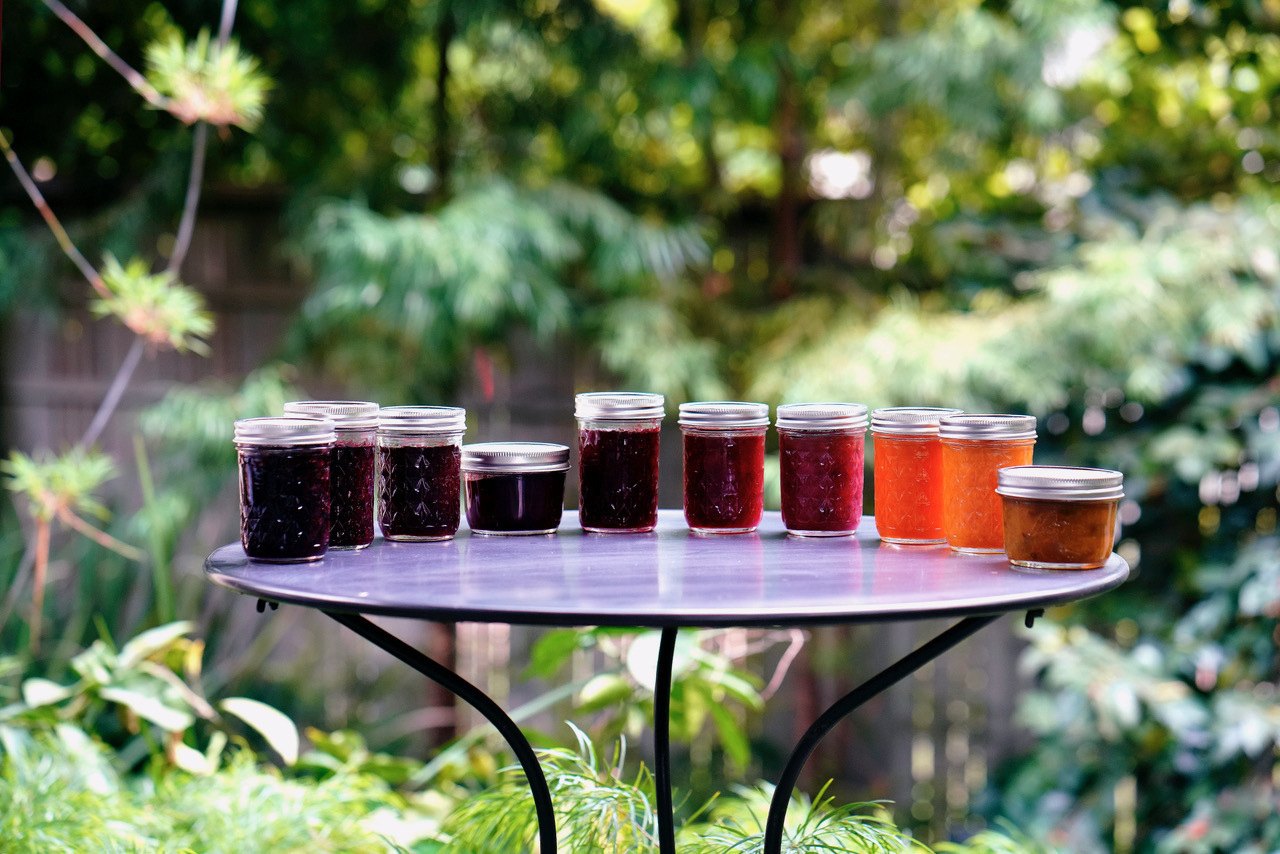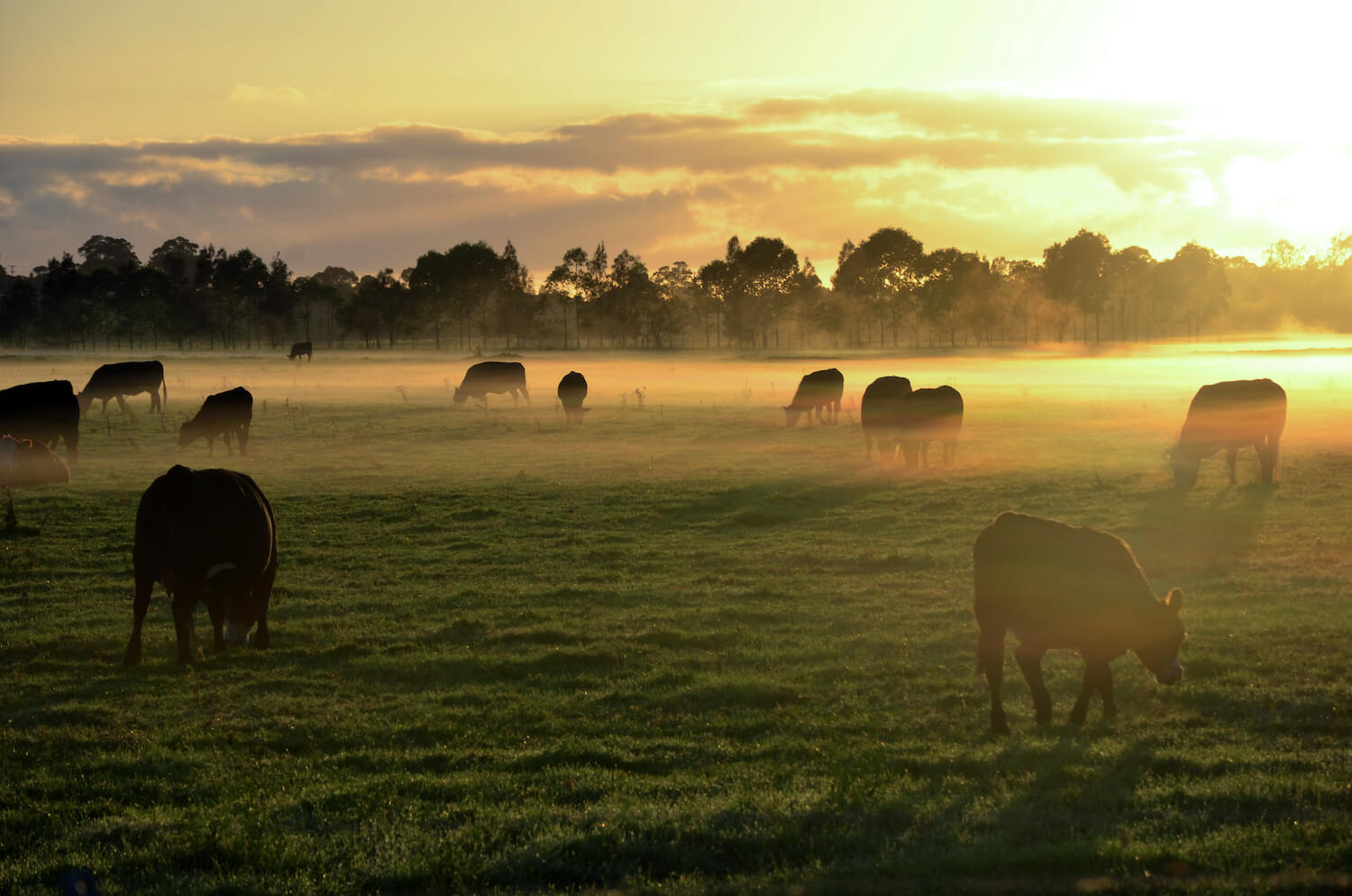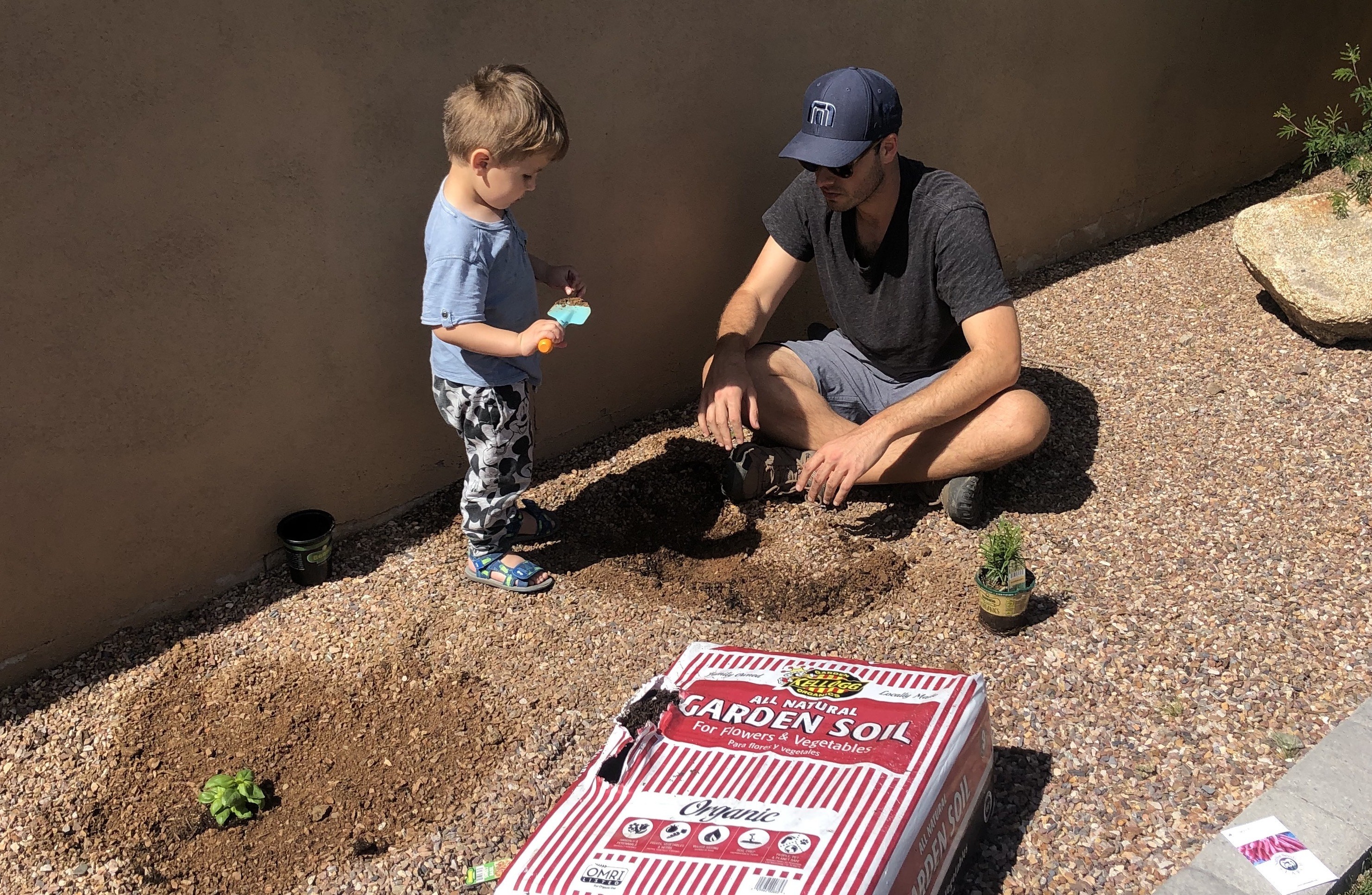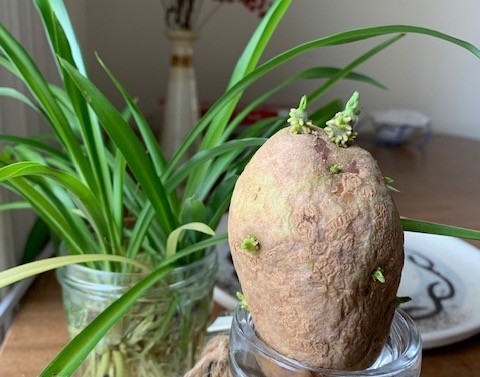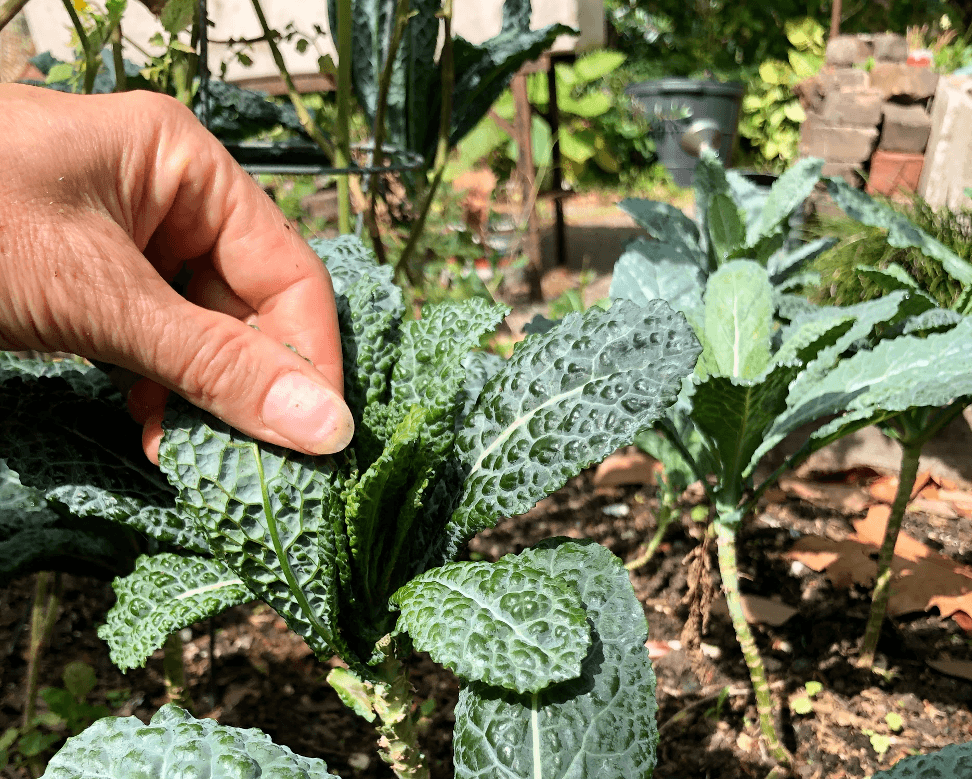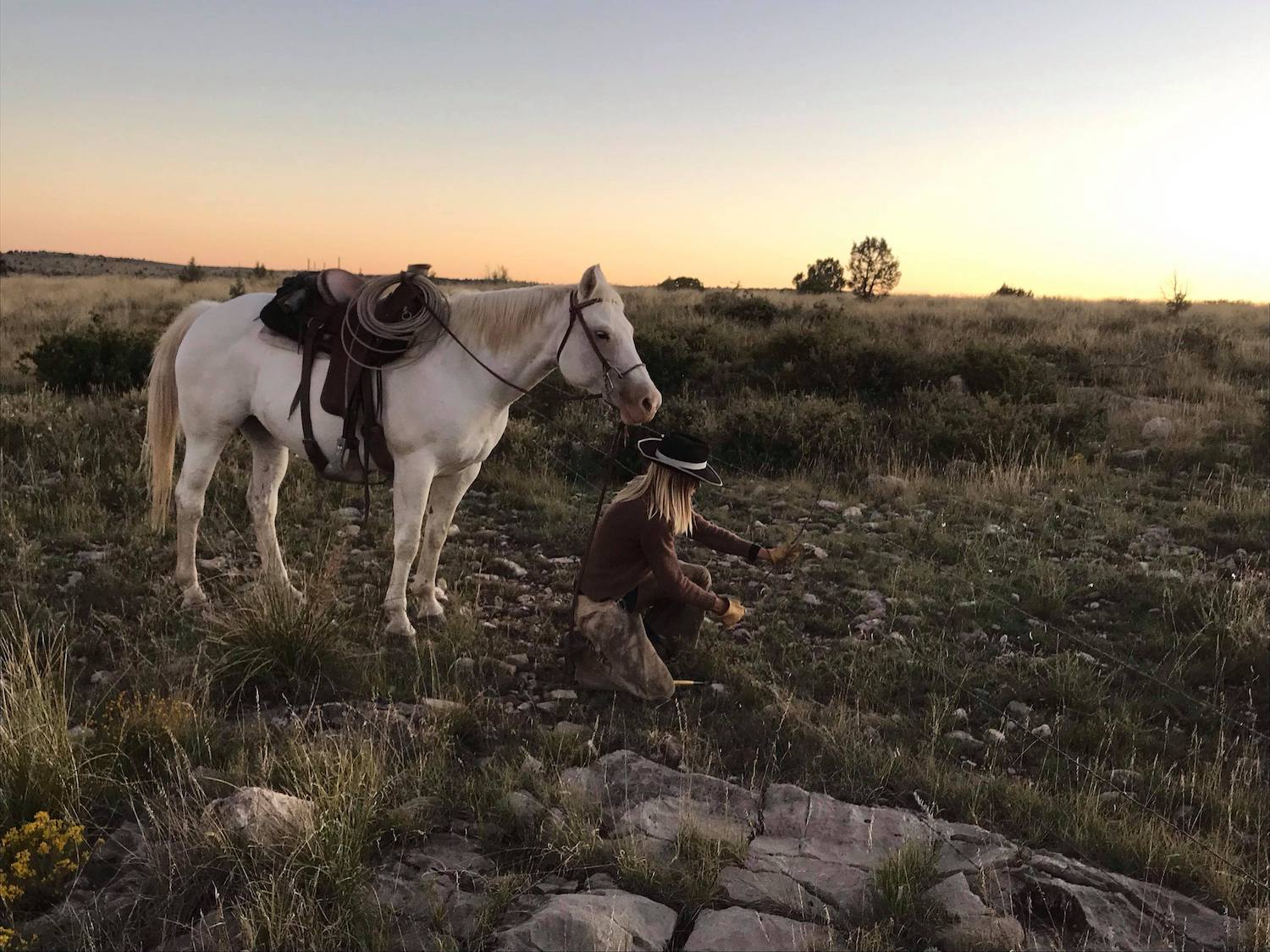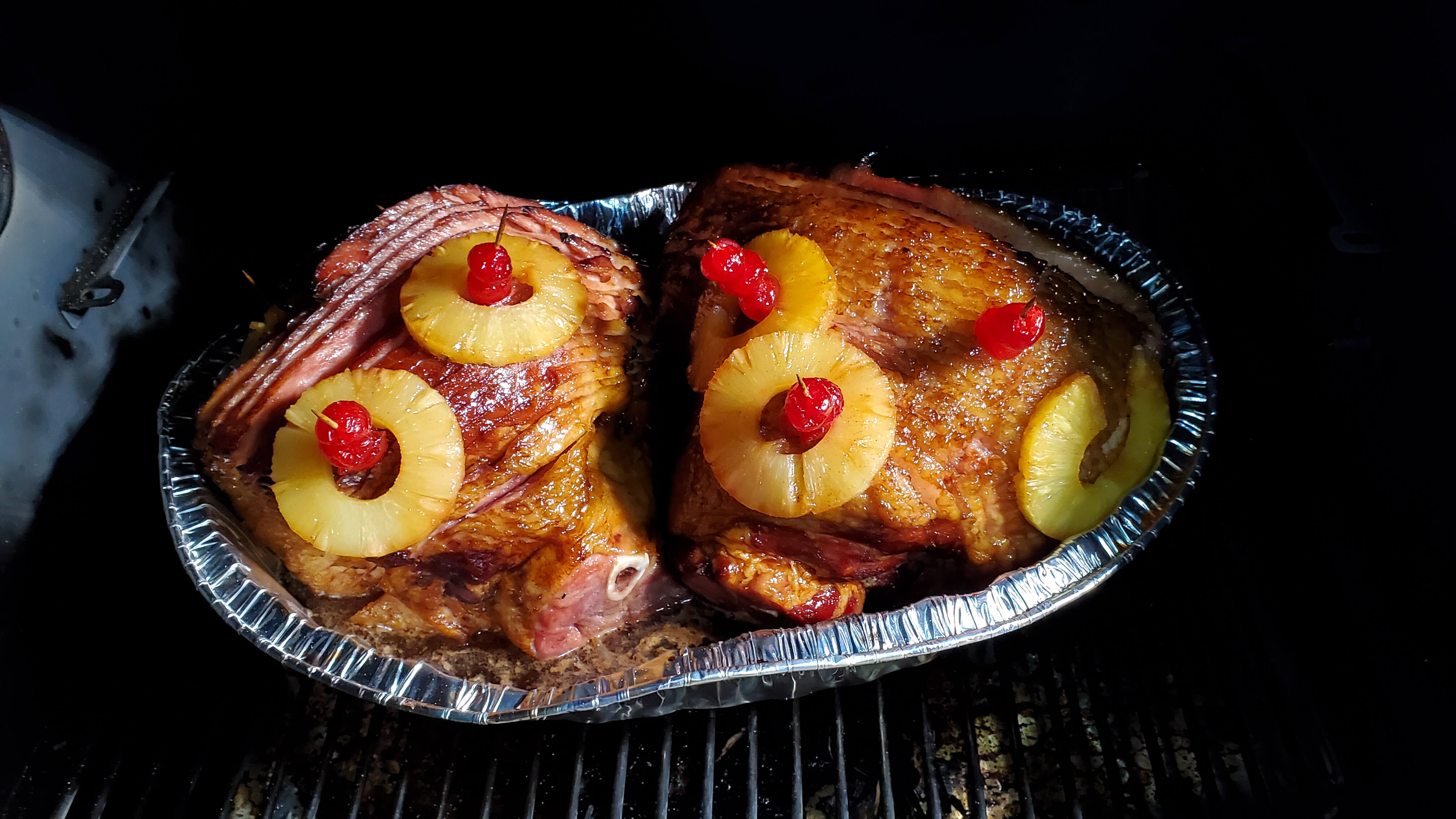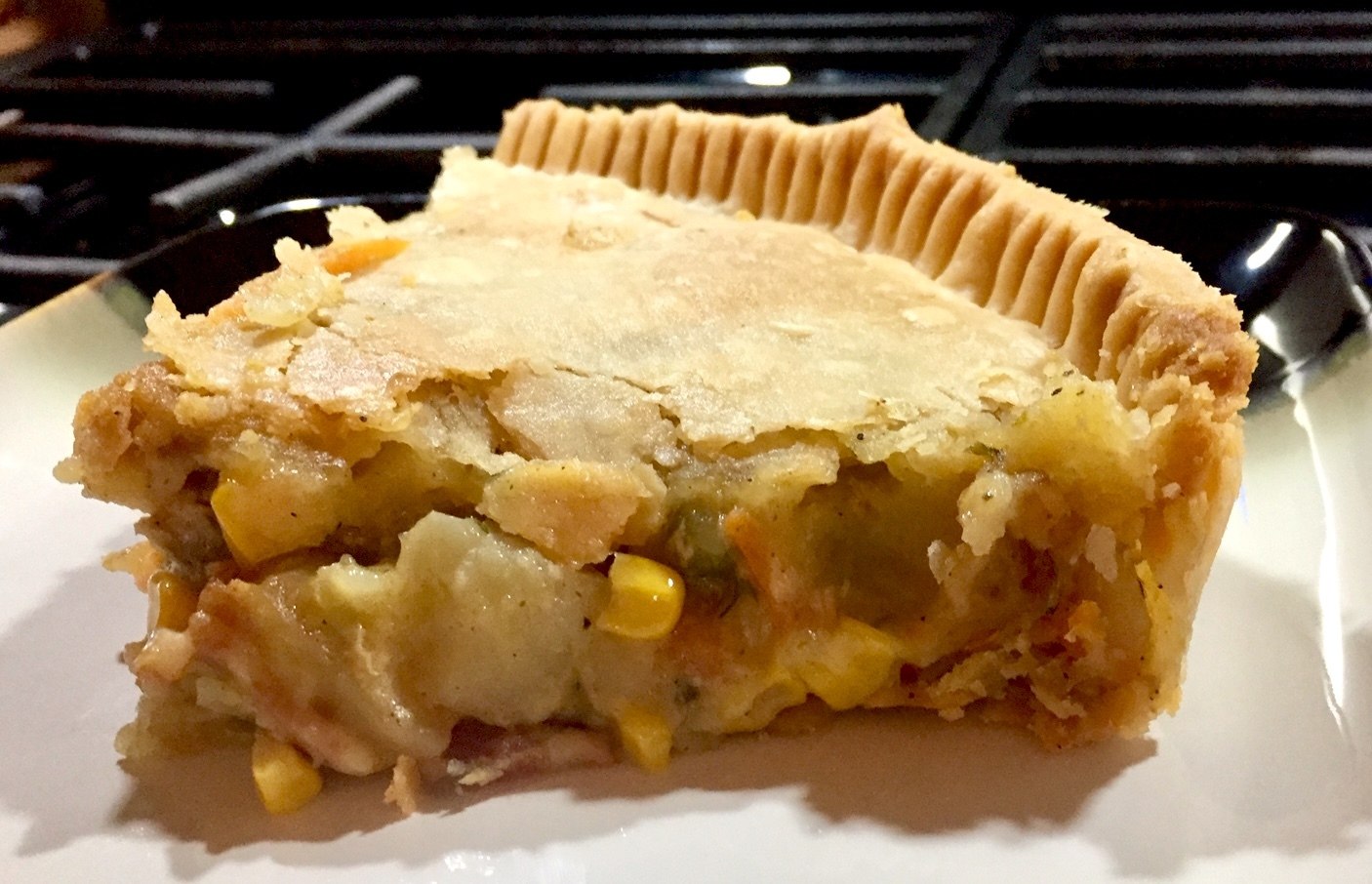
Dacia Meneguzzo
Wild game recipes—from ground bear meat tacos to wild pheasant pot pie—take time and effort. But what I used to view as a chore is now a source of joy.
It’s night number four of “Wild Game Week,” and there is a pheasant pot pie in the oven, cooking at 375 degrees. It smells delicious, and as my stomach growls, anticipation mixes with memory: I can almost feel the weight of my shotgun in my hands again, the sun-chilled air on my skin. The flock of nervous birds at the edge of the field, ready to take flight.
The idea is to spend each night of the week working through the frozen game in our freezer, animals we hunted near our home in North Branch, MN, and on trips to surrounding states. Night one was mule deer steaks topped with chicken-of-the-woods mushrooms that my husband and I harvested from a senescing oak tree in our front yard. The second night’s meal was woods-to-table fresh wild turkey harvested that day, the result of a quiet and successful morning hunt: Near the back of our property, a large tom strutted in to challenge a decoy within range of my bow and arrow. We cooked the bird in our pressure cooker and served it with mashed potatoes and gravy—a rich and aromatic dish, one that filled us like an early Thanksgiving dinner.
What day is it? What month is it? November? It seems like I’ve lost track of time except for the days of Wild Game Week. Last night, we had taco salads piled high with shredded cheese, salsa, sour cream, and seasoned ground black bear meat. My husband and I arrowed our largest black bears ever last year, enough to stack our freezer shelves full. I’ll never forget the way the big boar suddenly appeared in front of my ground blind. It’s amazing how silent they are in the woods. Black ghosts that materialize right before your eyes.
The pandemic gave us the time to work through our wild game meat, enough to clear freezer space for the blanched and frozen vegetables we’ll enjoy throughout the long, cold Minnesota winter.
I’ve always liked the idea of growing, foraging, and harvesting as much of my own food as possible. I’ve been a hunter for years. But self-sufficiency is time-consuming. In this one way, the pandemic has actually given me a gift: the gift of time. Things are different now that I only commute across our bedroom to my office space. I no longer spend two or more hours each day driving 60 miles to work, no longer feel tempted to stop for fast food on the long way home. I finally have more time for wild game recipes. I’m thankful for the plentiful supply of meat in our freezer—which I’d left sitting there in wrapped, icy bricks for too long.
It’s not just meat. My newfound free time allowed me to research, design, and plant my garden, a project I’d only daydreamed about for years. I went big: my garden has more square footage than our house and I probably spent more time there than inside. The initial planting is the easy part. Protecting your plants from weather, weeds, insects, deer, and rodents is a summer-long battle, but well worth the fight. The pandemic gave us the time to work through our wild game meat, enough to clear freezer space for the blanched and frozen vegetables we’ll enjoy throughout the long, cold Minnesota winter. Hunting season is here again, but first, we need to go shopping for another freezer.
I don’t know what the future holds as far as being able to continue to work at home. But I do know this: I will not return to the way things were. What I used to view as a chore is now a source of joy. I love reminiscing about the hunt as I prepare a delicious meal, thankful for the food the meat provides. I am satisfied in knowing where each animal came from, to have touched their bodies while they were still warm. Now, I am able to add homegrown vegetables to the menu. I know that what I crave now is a simpler, more connected lifestyle, one that links me more directly to the earth and all our land has to offer.
